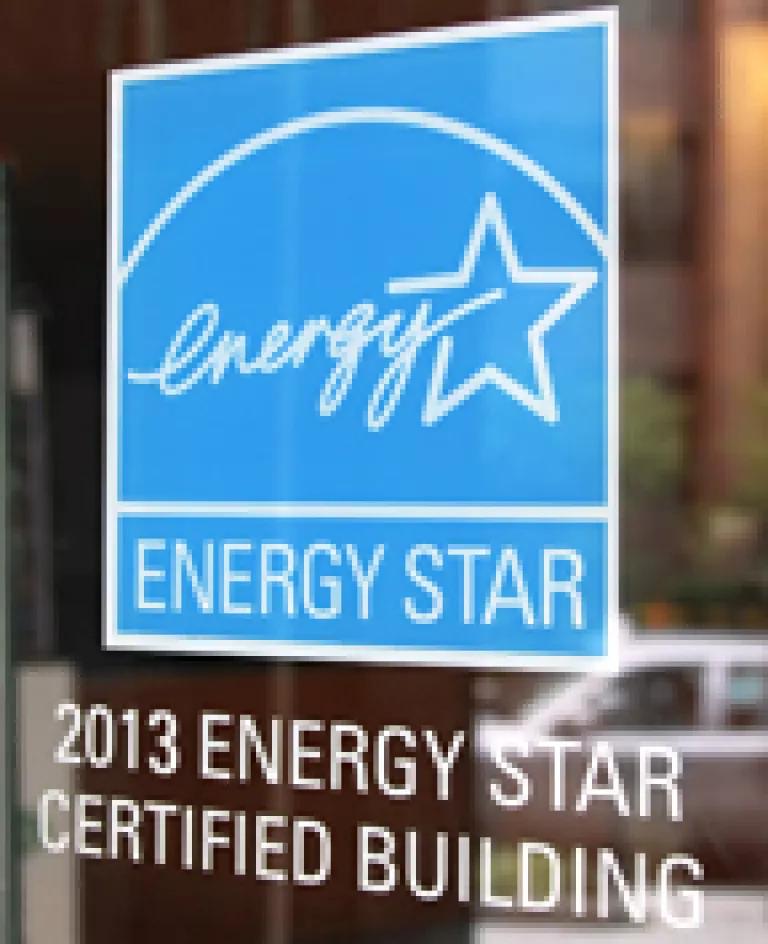
Today, the Environmental Protection Agency (EPA) announced the 2014 list of top cities with the most ENERGY STAR certified buildings. These cities are seeing the important role that buildings play in reducing greenhouse gas emissions. Among the top ten cities, six are City Energy Project participants – Los Angeles, Atlanta, Chicago, Denver, Philadelphia, and Houston. Boston, another City Energy Project participant, came in thirteenth. Between these seven cities, an impressive 1770 buildings are ENERGY STAR certified.
So what is an ENERGY STAR certification? It’s a recognition earned by the top 25 percent of energy efficient commercial buildings nationwide. Many types of commercial

buildings can qualify, including office buildings, K-12 schools, hotels, and retail stores. A building must earn an ENERGY STAR score of 75 or higher (out of a 1-100 scale) in Portfolio Manager, the free online tool through EPA to benchmark energy use and building performance. A score of 75 indicates that the building performs better than 75 percent of similar buildings nationwide; a score of 95 means the building performs better than 95 percent of similar buildings. The data must be independently verified by a licensed professional engineer or a registered architect.
Buildings that have earned EPA’s ENERGY STAR certification use, on average, 35 percent less energy and generate 35 percent fewer greenhouse gas emissions than typical buildings. These top buildings also generally have higher rental and occupancy rates and cost $0.54 less per square foot to operate. This means large ENERGY STAR buildings are potentially saving hundreds of thousands of dollars a year while making a smaller impact on our environment.
And the impact of buildings is significant. More than half of carbon emissions produced in most U.S. cities comes from buildings. For instance, buildings are responsible for at least 51 percent of Los Angeles’ carbon emissions and 70 percent of Chicago’s emissions.
This is why we need to bring energy efficiency solutions to scale across cities using innovative and localized strategies. The City Energy Project, launched in late January, is a joint initiative of NRDC and the Institute for Market Transformation (IMT) with the goal of increasing the energy efficiency of large existing buildings in ten major American cities – Atlanta, Boston, Chicago, Denver, Houston, Kansas City, Los Angeles, Orlando, Philadelphia, and Salt Lake City. The cities in this project aim to achieve a cleaner environment, economic growth, and increased competitiveness, through innovative leadership on building efficiency.
Through this effort, we should expect to see the number of ENERGY STAR certified buildings in these ten cities continue to increase exponentially over the years (like the trend has been so far) as we continue to raise awareness of energy use in buildings, make clearer and easier pathways to finance energy efficiency improvements, and optimize building performance.
